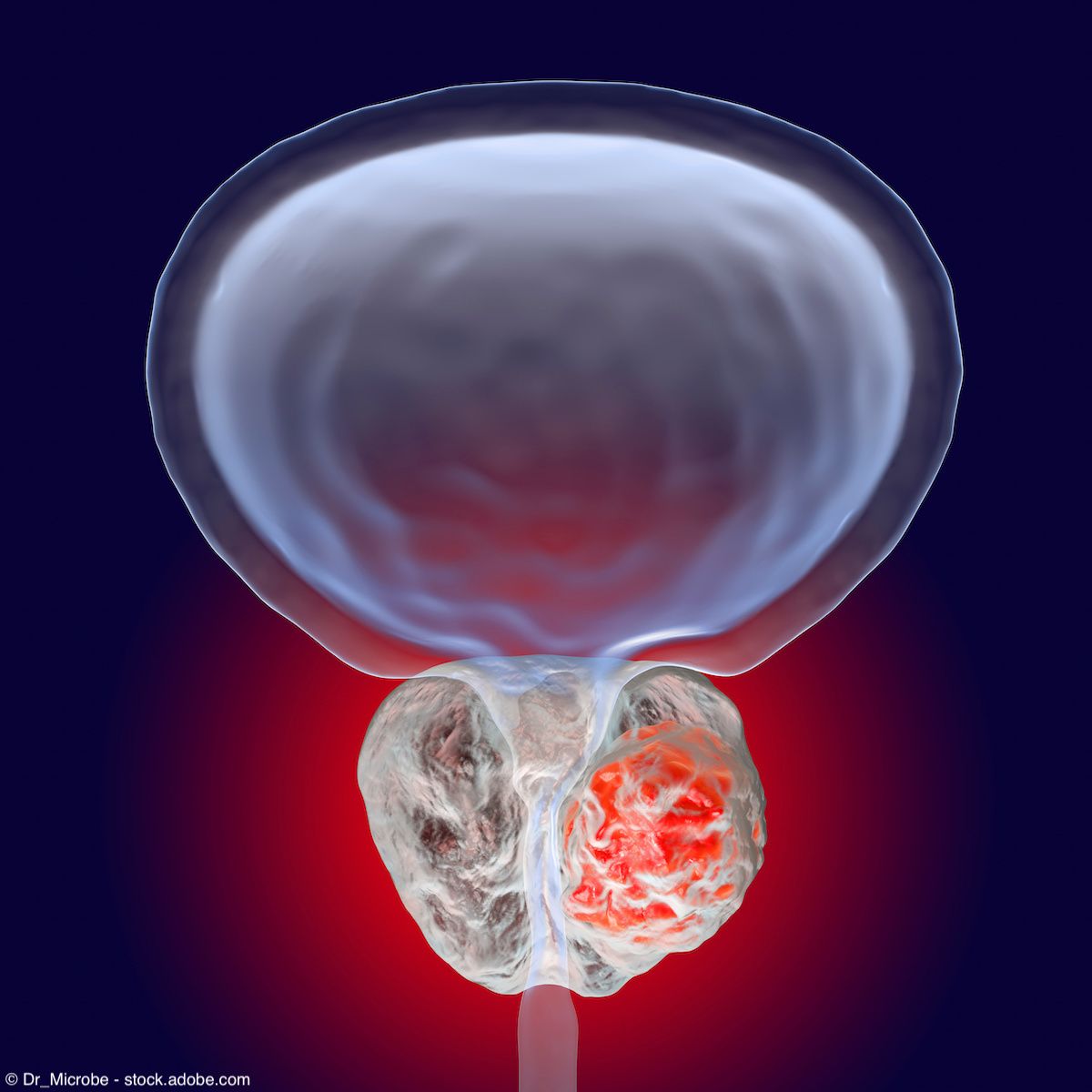News
Article
Published data show value of ClarityDX Prostate for prostate cancer screening
Author(s):
"Using this as an adjunctive test after PSA screening will give physicians more information to help decide if their patient should undergo a prostate biopsy or not,” says M. Eric Hyndman, MD, PhD, FRCSC.
Data recently published in Nature Digital Medicine demonstrate the accuracy of the machine learning platform ClarityDX Prostate in predicting the risk of clinically significant (grade 2 or higher) prostate cancer in patients prior to biopsy in the pre-mpMRI setting, showing the potential of the test to aid in biopsy decision-making.1
ClarityDX Prostate demonstrated a sensitivity of 95% and a specificity of 35%.

"This study shows that ClarityDX Prostate is accurate at predicting if the patient has grade group 2 and above prostate cancer. Using this as an adjunctive test after PSA screening will give physicians more information to help decide if their patient should undergo a prostate biopsy or not,” said lead author M. Eric Hyndman, MD, PhD, FRCSC, in a news release on the findings.2 Hyndman is a urologist at the Southern Alberta Institute of Urology and the Chief Medical Officer at Nanostics.
Overall, data from the study showed that at a threshold of 25% or greater, ClarityDX Prostate demonstrated a sensitivity of 95% and a specificity of 35%. Further, the positive predictive value for the test was 54%, and the negative predictive value was 91%.
At this threshold, up to 35% of unnecessary biopsies could be avoided using ClarityDX Prostate.
When comparing ClarityDX Prostate to mpMRI at a threshold that matched in sensitivity, the test demonstrated at least a 7% higher specificity, 3% higher positive predictive value, and a 2% higher negative predictive value in both training and validation cohorts in the study.
Further, the test demonstrated the highest area under the curve (AUC) value in predicting clinically significant prostate cancer in the training and validation cohorts vs PSA, percent free PSA, and risk calculators. Specifically, ClarityDX showed an AUC of 0.82, vs 0.72 with percent free PSA (P < .0001) and 0.72 with PSA (P < .0001).
ClarityDX also showed at least a 21% (absolute value) greater specificity compared with PSA and percent free PSA while maintaining a sensitivity equal to or greater than those measures in both the training and validation cohorts.
In total, the international study included data from 3448 patients for analysis. Data for the training and validation cohorts in the study were collected from 5 sites across Canada, the US, and Czechia. Specifically, the training cohort included data from 2191 eligible patients (of 2234 potential) from the University of Calgary (Canada), the University of California, Los Angeles (US), and Johns Hopkins University (US). The validation cohort included 1257 patients (of 1562 potential) from the University of Albera (Canada) and Thomayer University Hospital (Czechia).
All patients included in the study were undergoing a prostate biopsy for an elevated PSA or digital rectal exam abnormality, did not have a prior diagnosis of prostate cancer, and had data available on age, PSA, free PSA, and results from a prostate biopsy. Prostate biopsies were all conducted between September 2009 and April 2023.
Overall, the investigators concluded in the study, “ClarityDX Prostate is a non-invasive, low risk test that, when used withcurrent standard of care practices, may help physicians improve stratification of at-risk patients requiring more expensive diagnostic procedures suchas mpMRI or biopsy.”1
References
1. Hyndman ME, Paproski RJ, Kinnaird A, et al. Development of an effective predictive screening tool for prostate cancer usingthe ClarityDX machine learning platform. NPJ Digit Med. 2024;7(1):163.doi:10.1038/s41746-024-01167-9
2. Clinical study showing ClarityDX Prostate accurately predicts a patient's risk of having clinically significant prostate cancer published in Nature Digital Medicine. News release. Nanostics. June 26, 2024. Accessed June 27, 2024. https://www.prnewswire.com/news-releases/clinical-study-showing-claritydx-prostate-accurately-predicts-a-patients-risk-of-having-clinically-significant-prostate-cancer-published-in-nature-digital-medicine-302183294.html
Newsletter
Stay current with the latest urology news and practice-changing insights — sign up now for the essential updates every urologist needs.

















